Why Polarity Switching Matters The BasicsIn today’s busy analytical laboratories, productivity and high sample throughput are constant demands. More samples need to be analyzed in a shorter timeframe. Laboratories must work to use equipment at its maximum capacity,...
Tags
Loss the contact closure signal
our 7600 couple with nanoLC Ultimate 3000 via contact closure. it has run without any loss connection during the batch. Just yesterday, the last injection keep equilibrating system until the LC finished the gradient run. We closed the software and power off LC and MS then started again but it did not help. The Dionex engineer also checked their LC and triggerring cable found both are ok.
Echo MS system maintenance operations
The Echo® MS system is a robust platform, and like any other platform, requires some routine maintenance on a regular basis. Here are 3 maintenance steps that can help you ensure consistent, reliable performance: Immediately before use or after switching carrier...

Breaking down the SCIEX Triple Quad™ 7500 LC-MS/MS System – QTRAP® Ready
Sensitivity and robustness carry different meanings in the world of mass spectrometry. Generally, sensitivity refers to an instrument’s ability to achieve lower limits of detection (LOD). Robustness, on the other hand, refers to an instrument’s ability to consistently...

The honey sting
As a consumer it’s hard for me not to feel inundated with claims that our food is “all-natural” or “chemical-free” or that we should buy certain “superfoods” for their health benefits. We read labels and trust that the product we are buying is what we are truly...

Innovation that’s blasting through limitations in explosive detection
Mass spectrometry’s important role in identifying explosives The need for rapid explosive detection is now an unfortunate reality. The remit is multifaceted. The first is for preventative purposes, to protect us from any threat to life. The second is in the...

A new generation of therapeutic modalities
There are over 7,000 genetic diseases that could potentially be cured using gene therapy. Rare metabolic diseases, autoimmune disorders, cardiovascular disease and cancers are some of the top disease classes that can be addressed with gene therapies. With over 1,000...
Enhancing Biologics with CESI-MS Characterization
Comprehensive characterization of a biologic requires analysis at both the intact and digest levels, but these analyses can be complex and cumbersome. For example, with conventional liquid chromatography separations, researchers are often left with limited information...
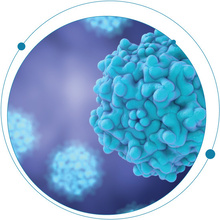
Full, partial and empty capsid ratios for AAV analysis: What’s the big deal?
For many of you working to develop gene therapy drugs, you know that the time to market the drug is critical. Because gene therapeutics cure diseases by targeting specific genes, it is a constant race to see who develops the drug first. Unlike other classes of drugs where multiple medications can be used to treat a disease, whoever is first to develop a gene therapy drug wins.
Accurate mass LC-MS/MS for PFAS analysis without needing a blockbuster budget
If you’ve been following our recent blogs, you’ve probably seen quite a bit on how per- and polyfluoroalkyl substances (PFAS) are shaking up both the food and environmental industry. Even if you’ve not been following our blogs, you’ve probably seen a lot of media...

A rising star in food allergen research: proteomics of shellfish allergen
It’s important to know what you’re eating, especially if you suffer from a food allergy.
About 220 million people worldwide live with a food allergy.1 These numbers, along with the complexity and severity of conditions, continue to rise. In America, there are about 32 million food allergy sufferers—5.6 million of those are children under the age of 18.2.2 That’s 1 out of every 13 children, or about 2 in every classroom. From a financial perspective, the cost of food allergy childcare for US families is up to $25 billion

Why You Need Mass Spec for Veterinary Drug Residue and Antibiotic Analysis
As hospitals struggle with increasingly hard-to-treat antimicrobial resistance (ARM) bacterial infections, related deaths now exceed 700,000 per year globally and are predicted to reach 10 million per year by 2050. There’s no denying that these statistics are both...
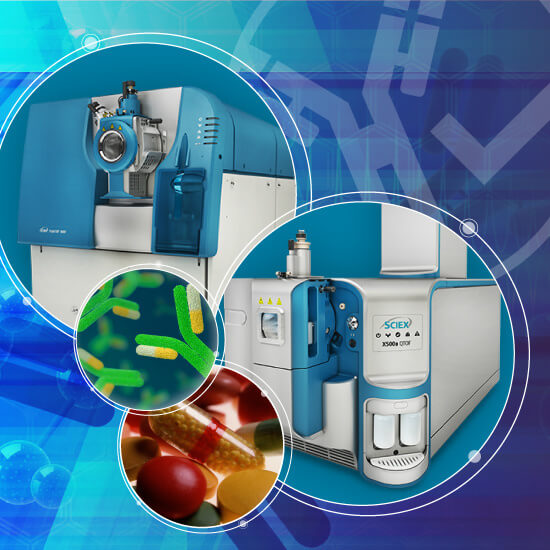
Simplify Your Life with a Streamlined Workflow for Multiple Attribute Methodology (MAM)
The effort to fully characterize and release a biotherapeutic to the market can be onerous. Typically, many tests are required to identify and monitor various attributes of the final product in order to ensure the safety and efficacy of the drug. These product quality...

Solving the Mystery of Forensic Quantitative Analysis
Why You Need Differential Mobility Spectrometry for Forensic Mass Spec Analysis Forensics depend on detection of even the smallest compounds to deliver results you can rely on. You need fast analysis methods that provide highly accurate data across a multitude of...
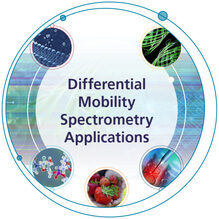
Calling all Bioanalysts: We’re Making Bioanalytical Selectivity Challenges History
High selectivity is a key component of successful quantitative bioanalysis. As a bioanalyst, we need consistently accurate and robust quantitation of small molecule therapeutics and metabolites. Challenged by complicated matrix interferences, high baseline signal, and...

The Latest and Greatest for Improving Lipidomic Analysis by Mass Spectrometry
Differential Mobility Separation (DMS) resolves multiple lipid classes within complex lipid matrices prior to MS analysis to enable more confident identification of lipid species and more accurate quantitation by MS/MS. Lipidomics research has progressed rapidly in...

Out with the “If it Ain’t Broke, Don’t Fix it” Approach. In with Remote Monitoring.
Often by the time you’re aware of a problem, it’s too late, and disaster has already struck. You’re forced to pick up the pieces—downtime, reduced productivity and lost data. When your PC goes down, IT comes to the rescue. That’s a reactive approach. In many cases, IT...

Increase your Lab’s ROI with Remote Monitoring Service for SCIEX LC-MS Systems
Like most organizations, your lab is likely thinking about ways to reduce costs and maximize profits.If so, keep in mind that no matter your area of research, sample volume or locations, remote monitoring services can make a difference in yearly maintenance...
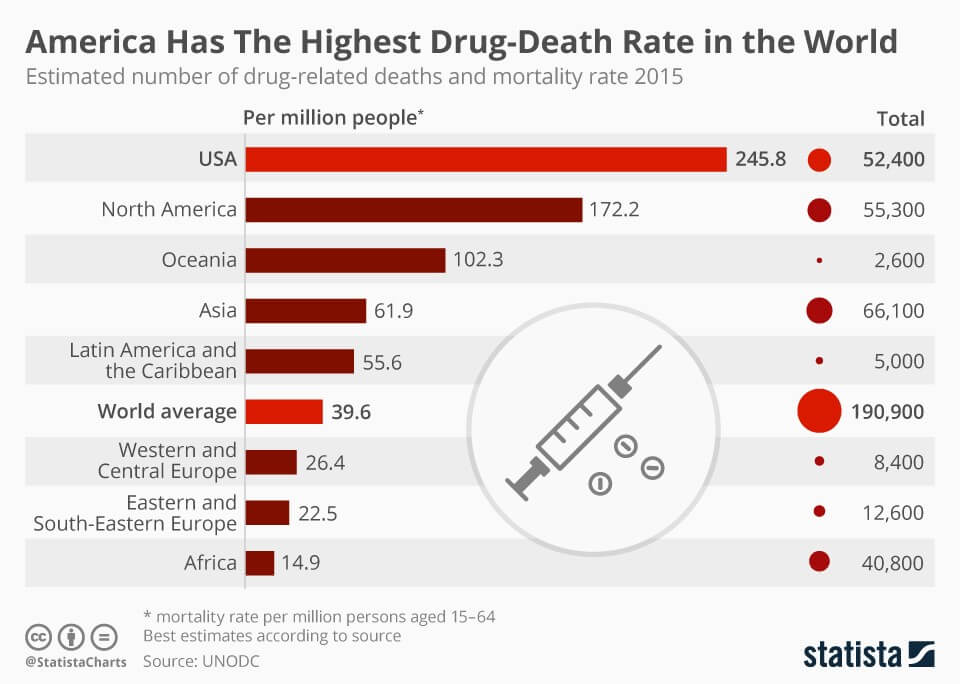
SWATH Acquisition: A Step Closer to Unravelling the Opioid Puzzle
Drug overdose has become one of the leading causes of death of Americans under 50. If that’s not bad enough, let’s put this into perspective. America makes up only 4% of the world population. In 2015, it recorded 52,400 drug-related deaths, which is about 27% of the...

Greater uptime equals higher productivity
In the old days, if you wanted to monitor your lab’s data, you would either remain by your instrument as long as it took to complete the sample run or dial-in via a telephone modem. Neither option, however, offered much in the way of enhancing productivity. Today’s...
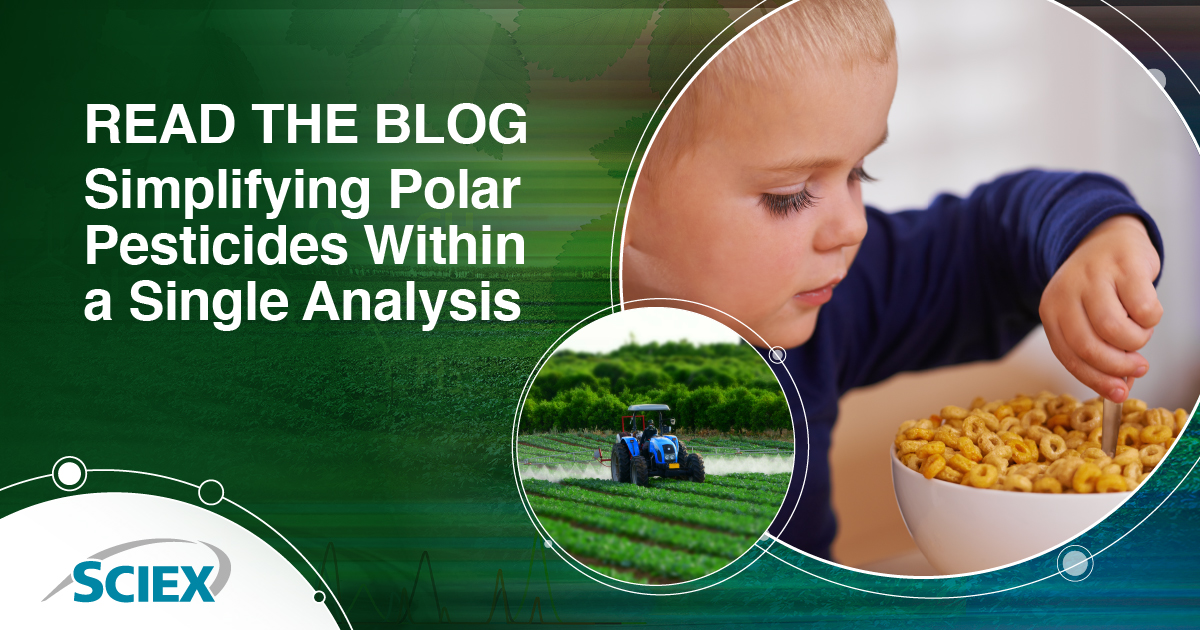
Simplifying Polar Pesticides Within a Single Analysis
Glyphosate is a polar pesticide widely used as a garden herbicide. It is an ingredient in the world’s bestselling weed killer, which farmers consider one of their best solutions to their super weed problems. However, the chemical has become one of the most...

5 Applications That Benefit from a New Dimension in Selectivity
Mass spectrometry can provide exceptional sensitivity, selectivity, resolution, throughput, and mass accuracy, but certain applications demand additional levels of selectivity. This is where differential ion mobility technology comes in. It delivers highly-selective,...
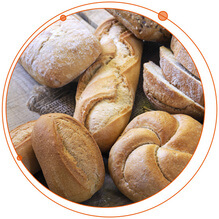
Screening Food for Allergens Using LC-MS/MS Analysis
Browse the shelves of any grocery store, and you may get a false sense of security when it comes to ingredient lists. As much as consumers want to trust labels, the truth is, food products could contain mislabelled ingredients, such that they trigger an allergic reaction with serious detrimental effects including discomfort, pain sickness and in some instances, death. Manufacturers, however, do not want to risk their reputation and consumer safety over a false label. As such, there must be some sort of verification to support such an action

4 Reasons Why Your Lab Needs Remote Monitoring
You know the drill, lab managers are always seeking new solutions to keep their labs running at peak performance and instrument or system disruptions can be detrimental. Wouldn’t it be nice if there were a way to connect to your lab from anywhere securely and to stay ahead of potential instrument problems? By using remote monitoring, labs are now able to respond to issues quickly and efficiently, productively reducing downtime.
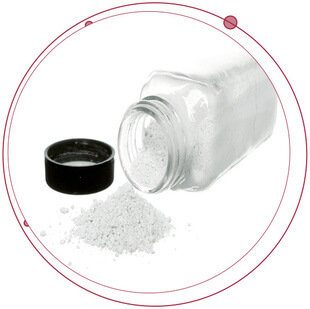
Testing for a Variety of Bath Salts is a Necessity for Forensic Labs
To date, when it comes to testing urine or oral fluids in the workplace not all psychoactive substances can be detected due to evolving substitutions. As legislation changes, so too do chemical formulations. Therefore researchers, like the authors of the following publication, A Validated Method for the Detection of 32 Bath Salts in Oral Fluids, published by Oxford Academic, analyze compounds using the best available methods so they can cast a wider net.
Empowering Your Lab with a Proactive Approach
Do you stay in the lab day and night, waiting for a sample run to finish? Or do you set your instrument to run and trust that it will operate as intended while you are away? Is there a way you can have a support network behind you to help to ensure the smooth operation of your instruments?
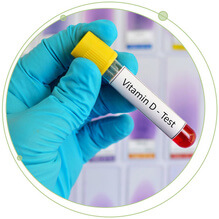
Vitamin D Analysis Made Simple
Last month, Dr. Phil Levy, a clinician, professor, and researcher at Wayne State University, was invited to SCIEX to lecture on ‘Vitamin D Measurement and Implications for Patient Care.’ His message was simple and very clear: Vitamin D testing is here to stay!

What does World Food Day Mean to Food Scientists?
Did you know that the Food and Agricultural Organization of the United Nations (FAO), celebrates its founding each year on October 16 with World Food Day? You can explore their theme and commitment to ending hunger by 2030 here. As part of their, “Ten Facts You Need to Know about Hunger,” perhaps you may find it interesting that, “The world will need to grow 60 percent more food by 2050 to feed the growing population.”
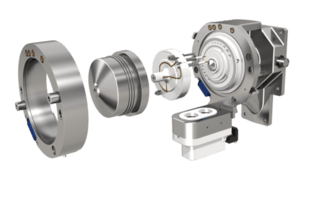
Transform the Analytical Power of Your SCIEX Mass Spec with SelexION Technology
If you are working with complex assays that demand exceptionally selective quantitative and qualitative performance, sometimes even the most powerful LC-MS/MS technology can’t always cut it alone.

Fipronil Contamination in Eggs Update
Since my last blog, there has been an ongoing investigation into the widespread impact of contaminated egg products. According to The Grocer, 26 more egg foods were pulled from shelves in the fipronil scandal, bringing the total number to 69 products....

5 Ways That SelexION Technology Will Address Your Biggest Analytical Challenges
If you are a scientist working with complex assays, finding a way to significantly improve selectivity of detection could solve some of your biggest analytical headaches. Are we right? If so, then you are in the right place. If you are confronted with assay...